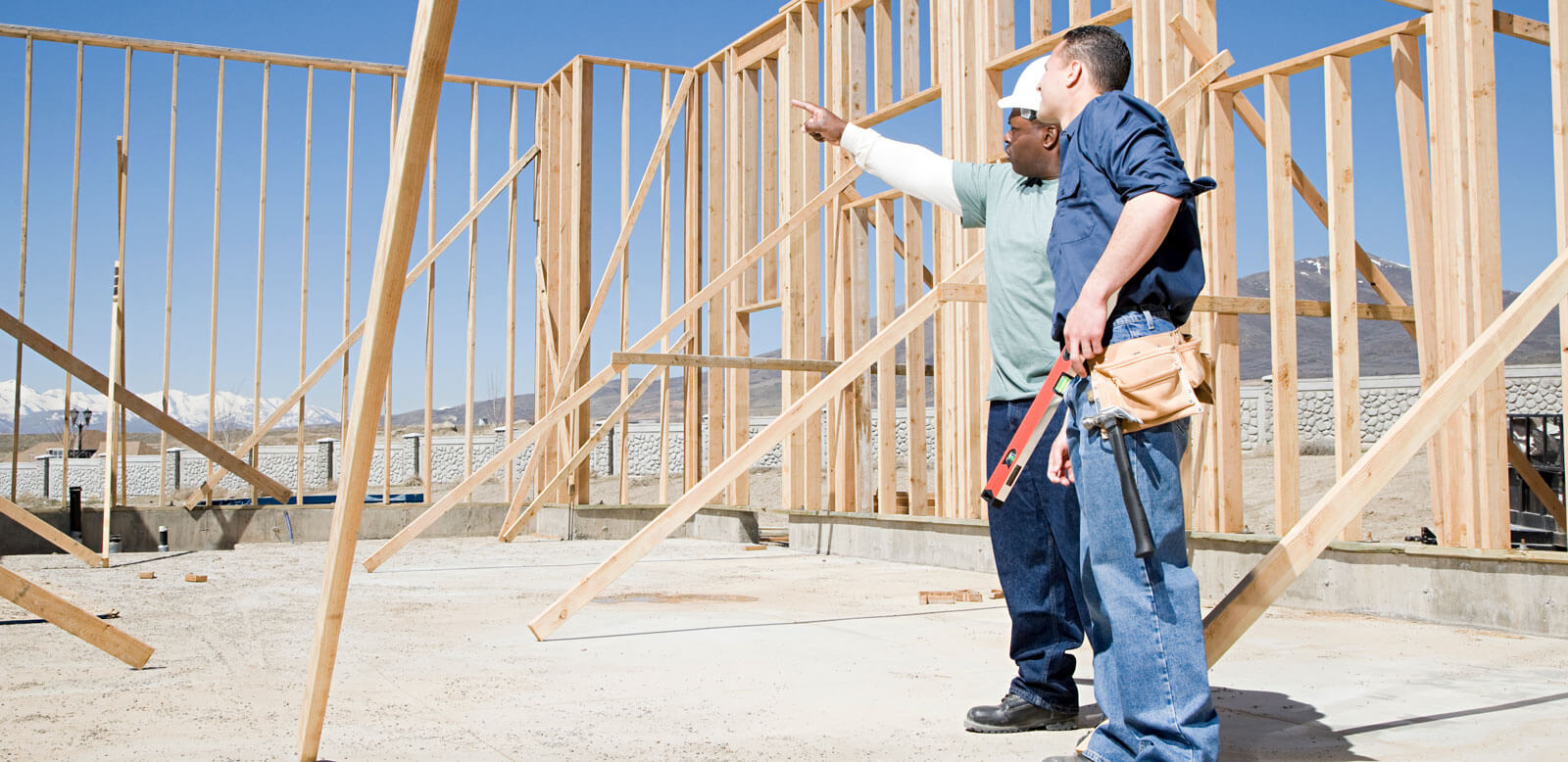
Insurance rates are going up—here’s why
April 27, 2022 — Homeowner insights | Inflation insights | Insurance insights
Paying a higher price for something without knowing why can be frustrating. If you’ve noticed an increase in your homeowners insurance premium, a deeper look at why your homeowners insurance is going up might help you understand why — and feel better about paying the bill. Here’s a simple explanation.
What is driving increases in insurance premiums?
Homeowners insurance premiums are affected by both insurance rates and rising inflation factors. Increases in storm activity, corresponding claims and building material prices, and construction labor shortages impact the cost to restore your home after a loss. With these increases, insurance premiums must rise to ensure your home is sufficiently covered.
How are insurance rates factored?
Insurance rate increases are connected to the rise in frequency and severity of storm activity. In 2021, there were 20 separate billion-dollar weather-related disasters in the U.S.1 More intense and frequent storms cause reinsurance, or insurance for insurance companies, to rise. When this happens, it’s more expensive for the insurer to offer insurance. Insurers who provide coverage to homeowners in coastal areas will experience increases in their reinsurance costs more than insurers in other parts of the country because of the propensity to Cat activity.
What impact does inflation have?
Economic factors related to inflation and challenges with supply chain issues in the building labor and materials sector are also driving premiums up. During standard periods of inflation, inflation factor increases are ~2% to 3% annually. We are currently experiencing a heightened period of inflation due to disruption in the building labor and materials sector. While most parts of the economy are experiencing inflation of around 7% to 8%, building labor and material costs are up nearly 20%, which is the highest in 40 years. It now costs more to rebuild homes because of the inflation in costs for building and labor. These rising costs are causing the need for higher-than-normal increases in replacement costs on homeowners insurance policies. Current replacement costs don’t reflect these heightened costs and increases in Coverage A. Higher Coverage A costs result in increases in premium.
Understanding how it all comes together
While not all states will experience the same increases for insurance factors or inflation rates, insurance companies working to protect your home will need to raise premium costs to keep up with increases impacting the insurance industry and ensure your home is adequately protected. Rates must go up to ensure you are fully covered in the event of a total loss.
For more information about how inflation impacts your homeowners insurance premiums, visit sagesure.com/inflation.

